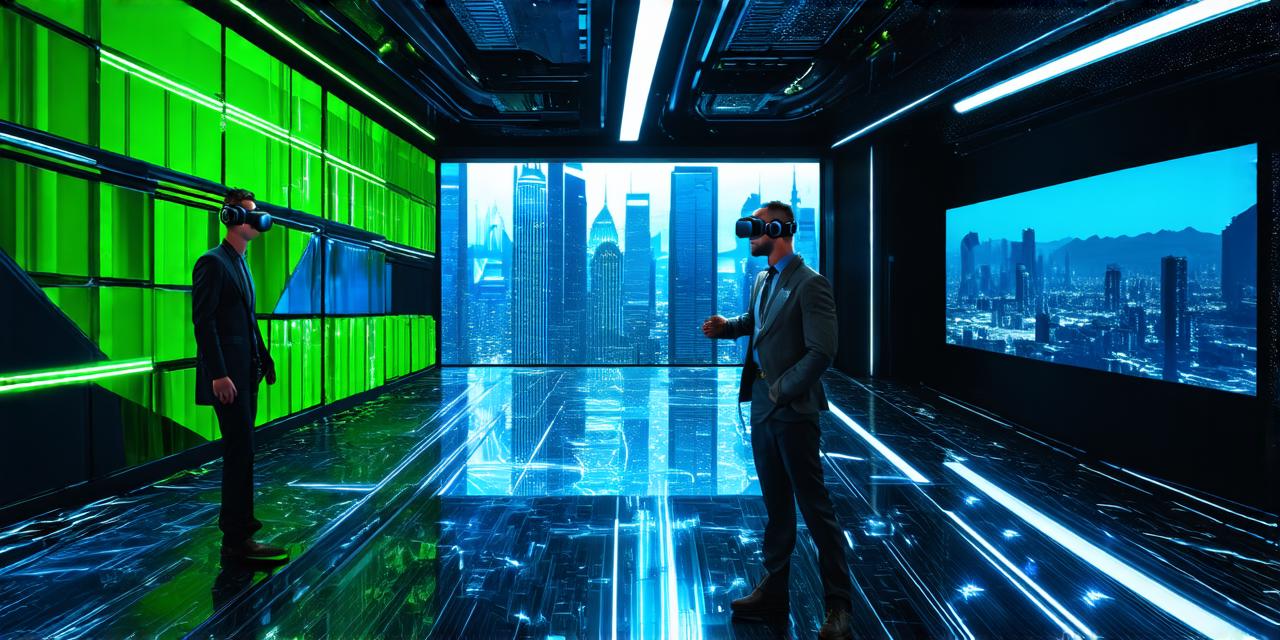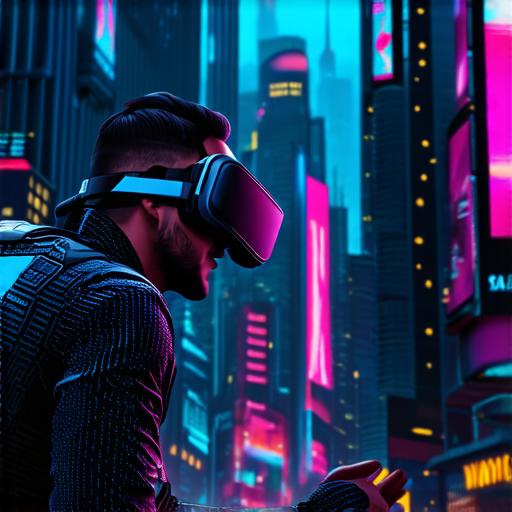
How real can virtual reality feel?
The Power of Immersive Technology

Virtual reality technology is designed to create a fully immersive experience for users. By placing them in a virtual environment, VR can transport users to another world and allow them to interact with it in ways that are not possible in the real world. This power of immersion has made VR an increasingly popular tool in fields such as gaming, education, and training.
Case Studies and Personal Experiences
There are numerous examples of how VR technology has been used to create immersive and engaging experiences. One such example is the use of VR in gaming. With VR headsets, users can feel like they are truly a part of the game world, with 360-degree environments and realistic graphics that make them feel as though they are actually inside the game.
Another example is the use of VR in education. By placing students in virtual classrooms, teachers can create more interactive and engaging learning experiences. For example, a student studying biology could take a virtual tour through the human body or explore the intricacies of marine life in a fully immersive underwater environment.
The Limits of Immersive Technology
Despite the many ways VR technology can be used to create engaging and immersive experiences, there are limits to how realistic it can feel. For example, while VR headsets can provide users with a 360-degree view of their environment, they cannot replicate the natural human peripheral vision. This means that users may have limited visibility outside of their immediate field of vision.
Another limitation of VR technology is the lack of haptic feedback. While VR headsets can simulate certain sensory inputs such as sound and sight, they are not yet able to provide tactile feedback. This means that users cannot feel physical objects or textures in virtual environments.
Expert Opinions and Real-Life Examples
To gain a better understanding of the limitations of VR technology, we spoke with experts in the field. One such expert was Dr. Nick Yee, a professor at the University of British Columbia who studies the effects of technology on human behavior. He explained that while VR technology can be incredibly immersive and engaging, it is important to recognize its limitations.
“Virtual reality technology has come a long way in recent years,” said Dr. Yee. “But there are still many things that it cannot replicate. For example, the sense of touch is something that VR technology simply cannot provide.”
To illustrate this point, we spoke with a user who had recently experienced VR for the first time. While they found the experience incredibly immersive and engaging, they also recognized its limitations. “I felt like I was truly in the game world,” they said. “But there were moments when I would reach out to touch something and nothing happened. It was a bit jarring.”
Thought-Provoking Ending
Despite the limitations of VR technology, it is clear that it has the power to create incredibly immersive and engaging experiences.


